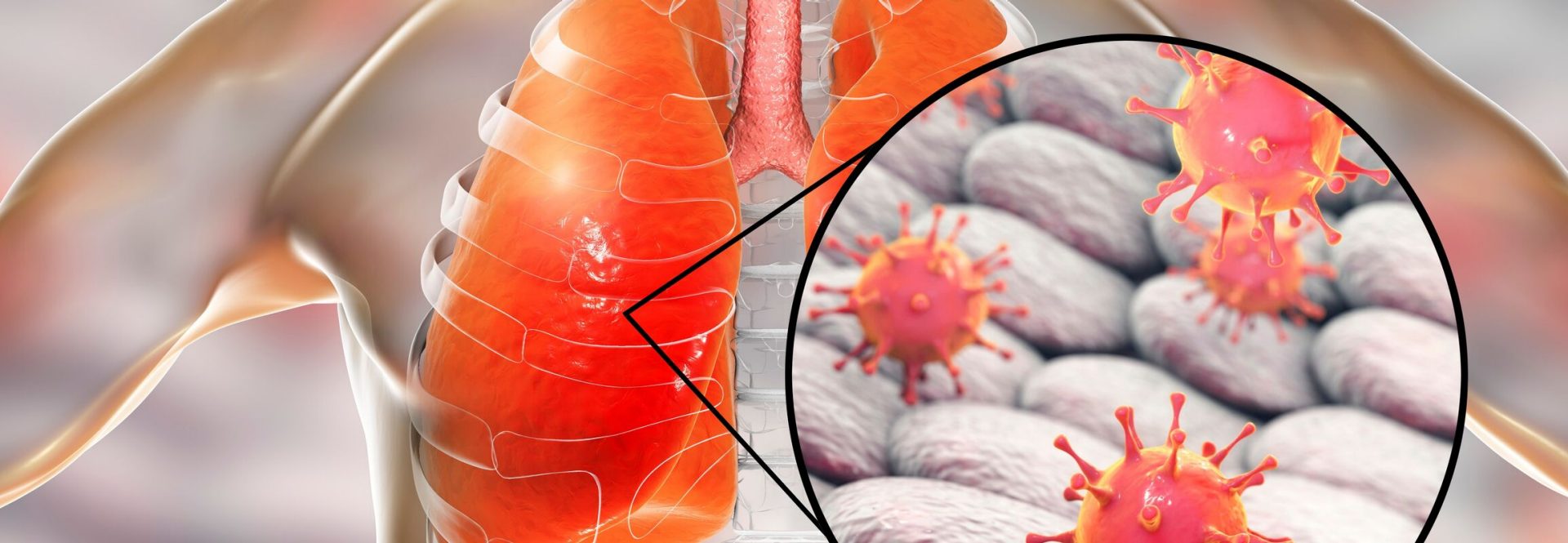

Plasma Metabolomics in H1N1 Influenza Pneumonia Diagnosis
Plasma Metabolomics in H1N1 Influenza Pneumonia Diagnosis
Biomarkers may enable early diagnosis and prognosis, as well as help determine response to treatment. One approach for identifying disease biomarkers is metabolomic profiling.
Influenza remains the predominant viral cause of community-acquired pneumonia (CAP) in adults [I][II]. The World Health Organization estimates that annual influenza epidemics result in about 3-5 million cases of severe illness and about 250,000 to 500,000 deaths worldwide. Patients aged 65 years or older are at particular risk of death from viral pneumonia, as well as from influenza not complicated by pneumonia, and the fatality rate in adults can reach up to 30 percent in the intensive care unit (ICU), with up to 45 percent of hospitalized patients admitted to the ICU [III].
Early identification of patients with H1N1 influenza pneumonia plays a critical role in the early administration of antiviral drugs, whereas delays in therapy have been associated with increased ICU admission and mortality [IV].
Biomarkers may enable early diagnosis and prognosis, as well as help determine response to treatment. One approach for identifying disease biomarkers is metabolomic profiling.
Early Diagnosis and Prognosis
Metabolomics shows promise as a potential early diagnostic and prognostic tool for H1N1 pneumonia. Targeted and nontargeted metabolomic methods such as proton nuclear magnetic resonance (1H-NMR) spectroscopy, gas chromatography coupled with mass spectrometry (GC-MS), and liquid chromatography coupled mass spectrometry (LC-MS) allow for the identification of more than 4,000 metabolites in human biofluids [V].
Using Bruker's 1H-NMR, as well as GC-MS, Canadian researchers applied metabolomic profiling to diagnose patients with H1N1 pneumonia vs. patients with bacterial CAP and ventilated ICU control subjects. The study found that H1N1 pneumonia can create a quite different plasma metabolic profile from bacterial culture-positive pneumonia and ventilated control subjects in the ICU early in the course of disease[VI].